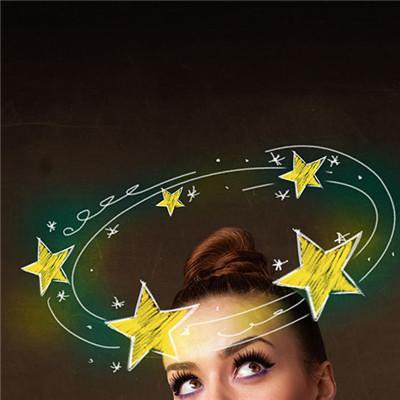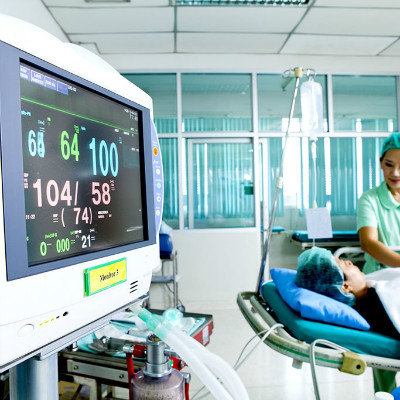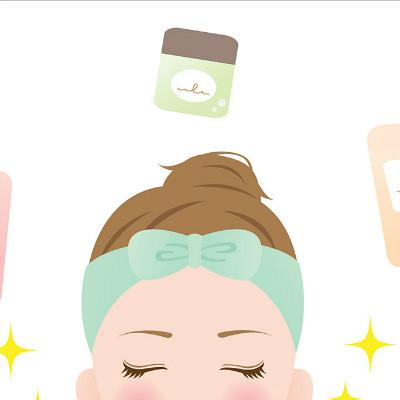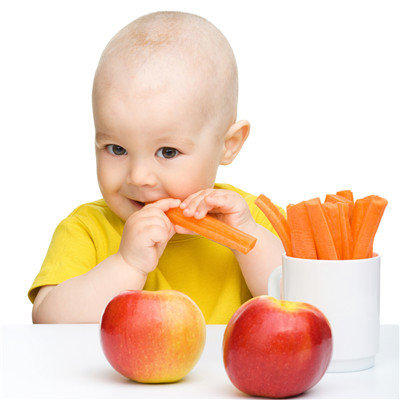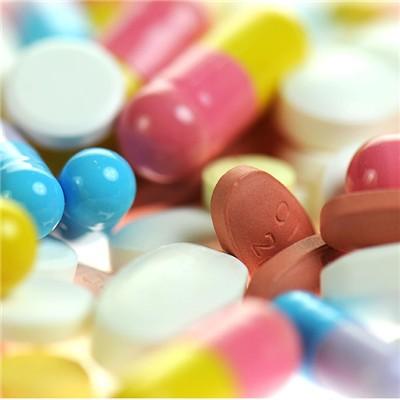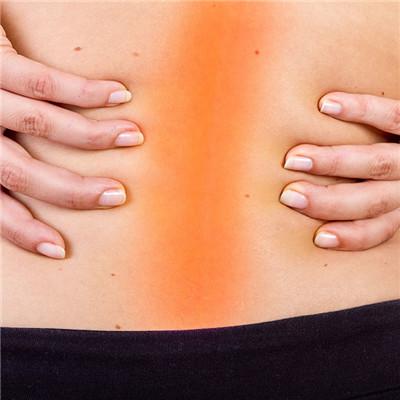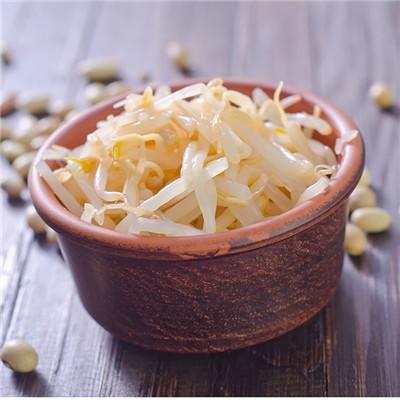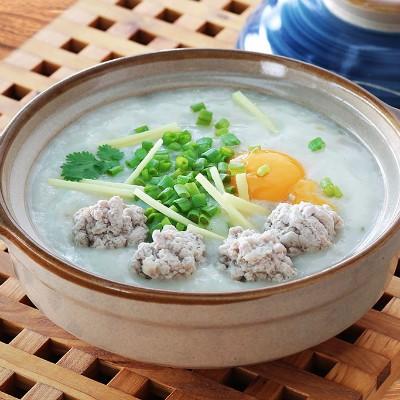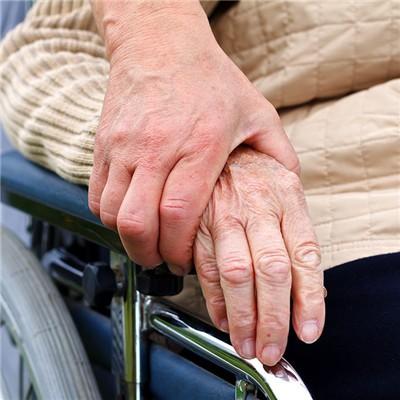Is placenta abandoned, eaten or preserved? You will understand after reading it!
summary
Some time ago, Xu Ruocheng, the goddess of youth, was happy to have a son. When Xiao Jingteng went to visit Xu Ruocheng, who had just given birth, he was asked, "do you want to eat my placenta?" Lao Xiao was startled on the spot and said, "my friends and I are shocked!" For a time, "eat placenta" caused a heated discussion among netizens and became a hot word on microblog. Can placenta be eaten? How is placenta handled best? Don't worry. Today I'm going to talk about placenta!
Is placenta abandoned, eaten or preserved? You will understand after reading it!
First, the placenta is the "canteen" of the fetus. The placenta is the organ of material exchange between mother and child, which is formed by the combination of embryo membrane and maternal endometrium during human pregnancy. The fetus develops in the uterus and depends on the placenta to obtain nutrition from the mother, while both sides maintain considerable independence. When each of us is a fetus, we need the mother to provide us with nutrition to grow up quickly. The placenta is the link between mother and child to exchange materials. If the umbilical cord is the baby's first toy, holding the umbilical cord swing is the baby's favorite game in the mother's stomach; then the placenta is the baby's earliest canteen, tired and hungry, the canteen will provide him with enough energy. It is said that the original meaning of placenta is a kind of cake. Look, it is also related to eating!
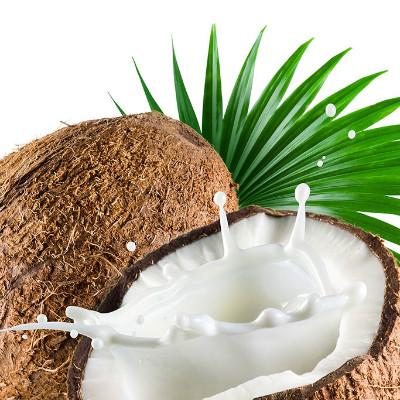
Second: the cry of placenta: don't throw me away! Baby was born, how should placenta handle? Many parents choose to discard them for convenience. Xiao Bian had to sigh, this is really outrageous, eyes do not know Huizhu! Not to mention the placenta is rich in stem cell resources, is a gift to the human baby, the storage of stem cells in the placenta can prevent, cure and save lives! Just talking about the edible and medicinal value of placenta, it is also worth keeping by parents. Placenta is a kind of traditional Chinese medicine, which is called Ziheche, so placenta can be eaten. The mother deer will eat her placenta after giving birth to a fawn. One is to supplement her energy, and the other is to prevent the bloody smell of the placenta from attracting predators. So, expectant parents, when giving birth, do not discard the placenta!
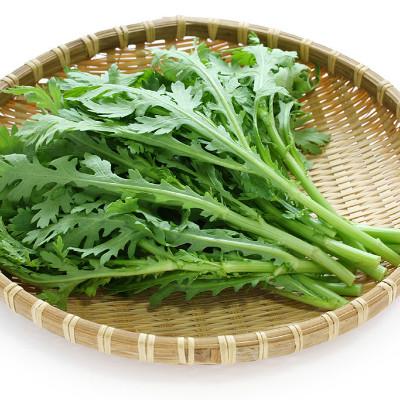
Third: eat placenta first psychological pass, need to be careful not to blindly eat, I think of eating placenta, it seems to immediately feel the "Ru Mao Yin Xue" bloody feeling. Think of Fang Zhouzi once again: eating placenta is a superstition, eating placenta is equal to eating human flesh, immediately scared silly! This also lets the human eat the placenta well! In fact, the effect of eating placenta is not so magical. To put it bluntly, placenta is just a kind of meat. The main components of placenta are protein, hormone and various enzymes. Once heated, the above components will be seriously damaged. Moreover, the placenta does not have the legendary magical tonic effect. Due to gender differences, it contains different hormones, so it can not be used blindly. For pregnant women who want to use "eat placenta" to improve their health, experts suggest that they must be prescribed by a professional doctor. If it's just cooked to eat, then its protein is no different from eating meat. If the maternal itself has hepatitis B, AIDS, syphilis and other viruses, there may be residues in the placenta, but not conducive to health after eating.
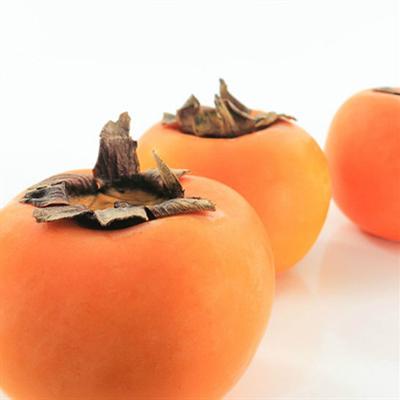
matters needing attention
At present, scientists have found that placenta contains: placental sub totipotent stem cells, placental hematopoietic stem cells, placental mesenchymal stem cells, placental mother stem cells and so on. Placenta stem cells are pluripotent stem cells, which can differentiate into all cells in the body, and then form all tissues and organs of the body. Placenta derived stem cells play an important role in clinical application. It has unlimited prospects in many fields, such as auto organ repair, clone transplantation, cosmetology, treatment of genetic diseases, heart disease, liver disease, diabetes and so on.

